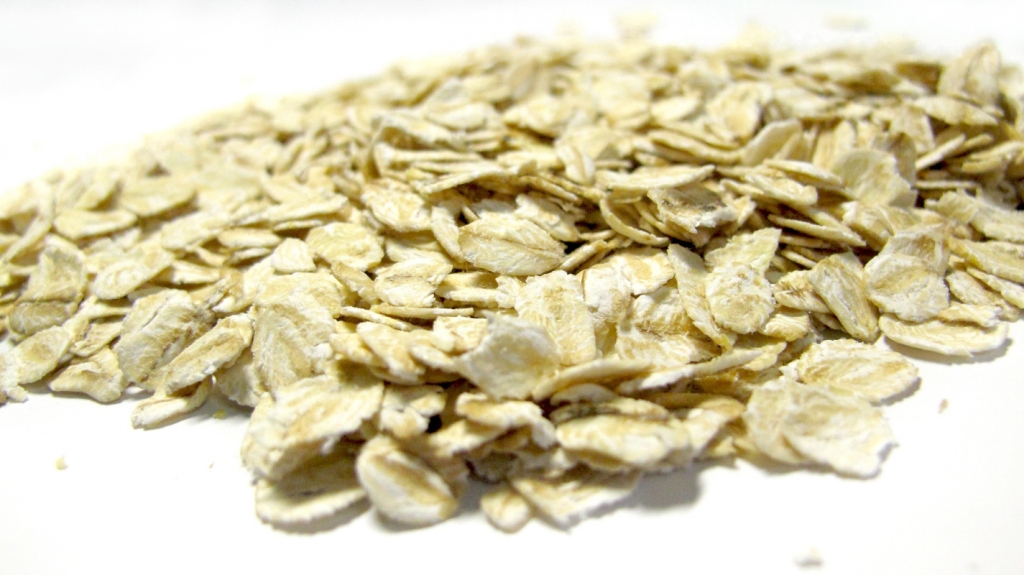Functional Food Ingredients
Phosphatidylserine (PS)
Nutrition to Human Brain
Phosphatidylserine (PS) is an important phospholipid found in concentrated amounts in brain cells, and plays a significant role for cell maintenance and repair and memory enhancement. As a ‘nutrient of brain’, it has been globally recognized for its function of Alzheimer’s disease prevention and brain function improvement. FDA gave “qualified health claim” status to phosphatidylserine, allowing labels stating that, “Consumption of phosphatidylserine may reduce the risk of dementia in the elderly” and “Consumption of phosphatidylserine may reduce the risk of cognitive dysfunction in the elderly”. The ADI for Phosphatidylserine is 600mg/day recommended by FDA.
The product is produced from non-GMO soya bean, sunflower lecithin and L serine by bio-enzyme and can be applied to yogurt, milk powder, bread, beverage, health care capsules and other foods.
Product quality executive standard specifications:
| Appearance | Light yellow to amber coloured powder |
| Items | Limits |
| Phosphatidylserine | 60 % |
| Acetone insoluble | ≥95 % |
| Moisture | ≤2.0 % |
| Residual solvents (n-hexane) | ≤25 mg/kg |
| Lead (as Pb) | ≤0.5 mg/kg |
| total plate count (/g) | <1000 CFU/g |
| Yeast and molds | <100 CFU/g |
| Coliform | ≤40MPN/100g |
| Salmonella | Negative |
| Staphylococcus aureus | Negative |
Regulations:
In May 2003, U.S. FDA passed the health claim that PS could lower the chance of getting cognitive disorder for middle aged and elderly people.
In July 2006, PS was granted GRAS certification by U.S. FDA, it could be used as dietary supplement ingredient of foods such as yogurt、milk powder、bread、solid drink etc.
In 2010, the Ministry of Health of China approved Phosphatidylserine as a new food, might be used in all foods except baby foods.
In August 2011,the European Union formally allowed Phosphatidylserine as a new type of food ingredient to be added in products such as yogurt,milk powder, grain cracker, chocolate etc.
Storage: stored in a cool(≤ 20℃), dry and clean place,avoid direct sunlight
Packing information: 1kg/bag*10bag/drum
Shelf life: 24 months

Oat Beta Glucan
Effectively lower harmful cholesterol level
Oat beta-glucan is a natural water-soluble fibre extracted from oat,with high concentration in the outer layers of the grain. Research has proven that oat beta-glucan can effectively lower cholesterol level in human body.
- 1997, permitted by FDA(USA)to label the healthcare function of Oat Beta Glucan as a soluble dietary fiber. The intake of 3g of Oat Beta Glucan can decrease cholesterol. In Jan. 2013, Oat Beta Glucan 70% and 55% were approved as GRAS by FDA.
- 2011, permitted by EU to claim Oat Beta Glucan’s blood sugar regulation function by 4g of intake.
- 2014, National Health and Family Planning Commission of the People’s Republic of China approved Oat Beta Glucan70% submitted by GDFII as novel food with the same healthcare function claimed in U.S and EU.
Functional Use in Foods:
Lowering LDL blood cholesterol, increasing HDL cholesterol levels, promoting healing of wounds, stimulating immune cell function, protecting and moisturizing the Skin.
Specifications: Q/GDFII 0001S-2015
| Appearance | White to light gray free powder |
| Particle Size | 95% through 60 mesh |
| Content | ≥70.0% |
| Protein | ≤4% |
| Ash | ≤8% |
| Moisture | ≤5.0% |
| Pb | ≤1.0 mg/kg |
| As | ≤1.o mg/kg |
Application:
Oat Beta Glucan is available as a free-flowing powder that is water soluble and has a neutral taste. It ca be used in capsules, tablets, opaque liquids, semi-solid foods and other applications. It enables applications in Dietary supplements, foods and beverages that were not previously possibly due to formulation issues.
Packing information: 10kg/fiber drum, 25kg/fiber drum
Self life: Sealed storage for 24 months at cool, dry and ventilated plac

Folic Acid
Folic Acid is a valuable member of the B vitamin family widely used in feed, food and nutraceutical applications. It is found naturally in many foods including dark leafy vegetables and a variety of fruits. Many foods including fortified breakfast cereals contain Folic Acid for its health benefits. A yellow or orange yellow crystalline powder, odorless and tasteless, insoluble in water, ethanol, acetone, chloroform and ether, but freely soluble in dilute solutions of alkali hydroxides or carbonates.
